Trusted by Industry Leaders
Water is running out !
By 2050, 1 in 4 people will face chronic water shortages (United Nations).
Desalination = costly & polluting.
Bottled water = unsustainable.
Groundwater = disappearing.

A new way to drink water !
HAAY is building the world’s most efficient way to create clean drinking water from the air.
-
Works in diverse climates
-
AI-optimized for efficiency
-
Scales from homes to cities

Our Future Impact
2.5 M
Liters of clean water generated annually, providing vital hydration to thousands in water-scarce regions.
40%
Reduction in energy consumption compared to traditional water generation and cooling systems, leading to a significant decrease in carbon emissions.
200M
Supporting millions of people with reliable water access, enhancing local development and community resilience.
25%
Reduction in greenhouse gas emissions through our innovative, AI-powered technology, supporting global climate initiatives.
The $500B+ Water Crisis
The water crisis is already a multi-hundred-billion-dollar opportunity.
Communities, governments, and businesses are searching for sustainable, decentralized solutions.
HAAY is positioned to lead this transformation.
Imagine…
Every home, school, and community generating its own clean water — independent of pipes, wells, or rain.
That’s the future HAAY is building.

Experience the Future of Sustainable Water Solutions
Ready to transform your water accessibility with HAAY's cutting-edge technology?
Only 3% is Freshwater
A small percentage of Earth's water is fresh, but most of it is trapped in glaciers and ice caps.
70% of Earth's Surface is Water
Despite being known as the ‘Blue Planet,’ most of this water is undrinkable.
The amount of water we can readily access for drinking is a tiny fraction of the world's total water resources.
Accessible Drinking Water is Just 1.2%
97% of All Water is Saltwater
The oceans dominate Earth's water supply, making it unusable for direct consumption.
Only 3% is Freshwater
A small percentage of Earth's water is fresh, but most of it is trapped in glaciers and ice caps.
Accessible Drinking Water is Just 1.2%
The amount of water we can readily access for drinking is a tiny fraction of the world's total water resources.







